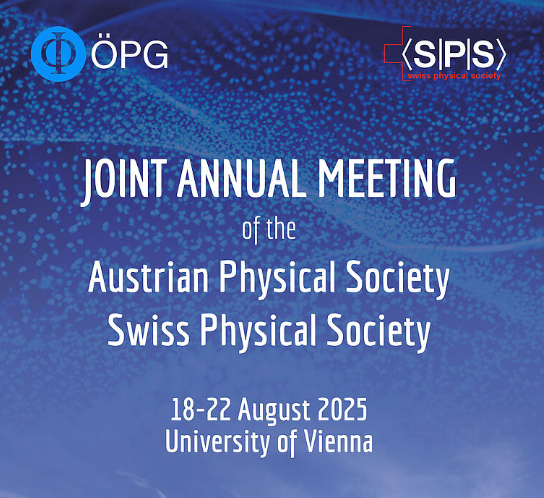https://doi.org/10.1051/epjconf/20100611005
Identification of the critical load for cyclic loading of shortfibre reinforced PA6 GF30 by a quantitative analysis of the thermoelastic response
1
ISL French-German Research Institute of
Saint-Louis, 68301
Saint-Louis Cedex,
France
2
Technical University of Kaiserslautern, Institute of Resource
Centred Product Development (RPE), Kaiserslautern,
Germany
a e-mail : AndreasKlavzar@gmx.de
In TSA the thermoelastic temperature change in the surface of cyclically loaded materials is measured, which is for isotropic materials proportional to the change of the sum of the principal stresses. The sensitivity of the infrared sensors used in TSA is related non-linearly with the absolute temperature. This can be effectively corrected by a direct calibration of the thermal signal, if this is not done by the supplier of the measurement system. The injection moulded PA6 GF 30 has layer-wise changing mechanical and thermoelastic properties. Therefore is a strain oriented approach used to calibrate the thermoelastic signal, the measured thermoelastic signal can be directly related to the sum of the principal strains. In a load increase test the thermoelastic signal increases proportional to the applied load up to a certain load-level. Beyond this load, the thermoelastic signal S increases disproportionately high compared to the applied load. The increase of the thermoelastic signal is caused by the beginning disruption of the material, what is confirmed by measuring the acoustic emission. Single-load fatigue measurements are done, indicating that the maximum applicable load under cyclic loading conditions could be determined from the thermoelastic signal.
© Owned by the authors, published by EDP Sciences, 2010




